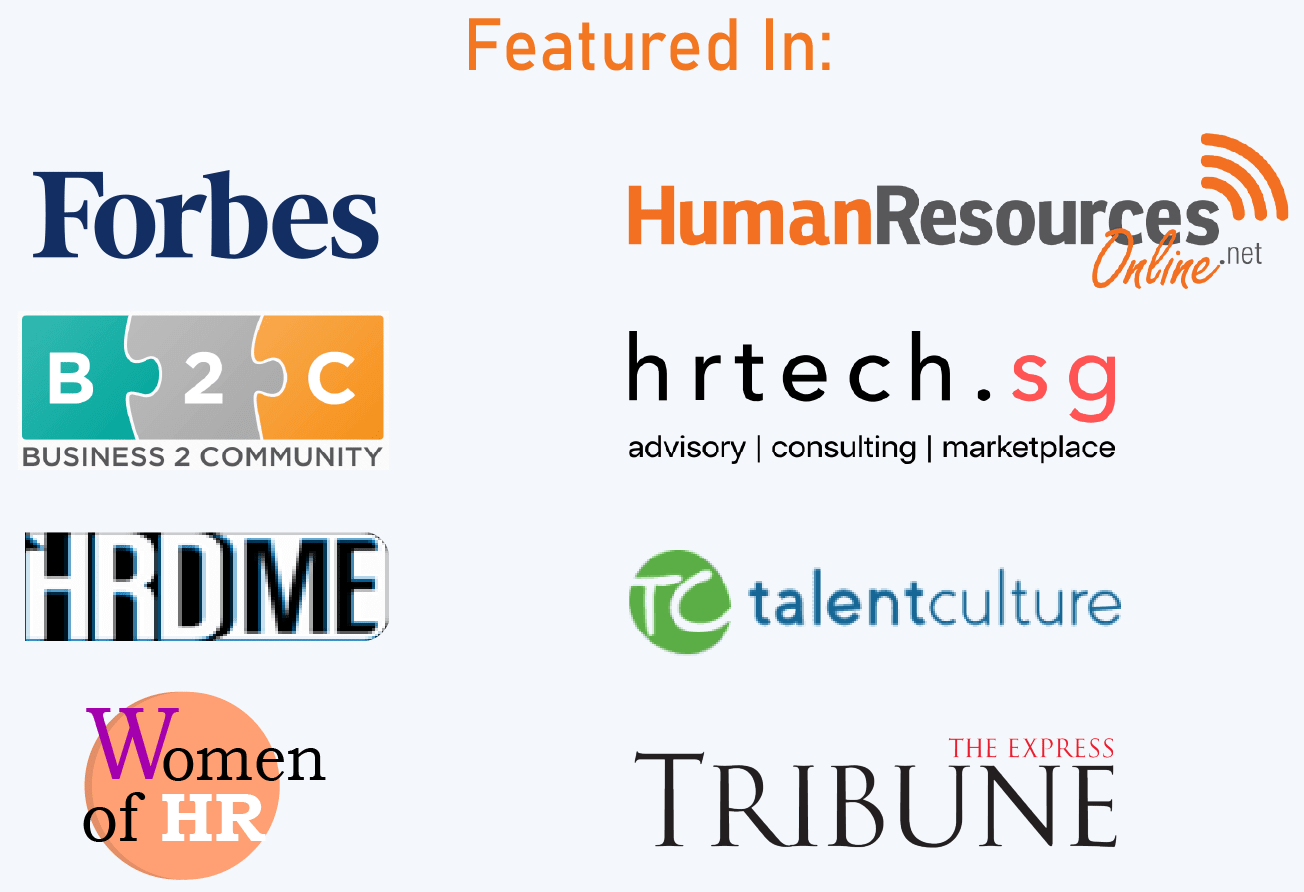Today’s the fourth and final part of the ‘Secret Model to Succeed in Frontier Markets’ series. In previous posts I outlined the importance of having the Clarity on what you want to achieve and the Capability to achieve it. Today I’ll talk about the last C – Commitment; the desire to achieve what you set out to accomplish.
Without Commitment a company can be successful, however to be a true high performer you need employees that are engaged and committed. This is where HR claims paternity and supports leadership teams in creating the circumstances where employees can be truly engaged and see their work as a natural extension of who they are.
The Corporate Leadership Council in their landmark research study on performance and engagement levels concluded that highly committed employees try 57% harder, perform up to 20 percentile points better and are most than 8 times more likely to stay with the rest of the organisation. The identified two drivers for engagement are:
- Emotional commitment that drives performance, i.e. your emotional commitment drives your desire to give it your best
- Rational commitment that drives retention, i.e. employees leave an organisation if it no longer fits their self-interest
Emotional Commitment Drives Performance
Team members will have strong emotional commitment when they feel:
- A sense of belonging
- That the values they hold dearly are mirrored in the organisation beliefs
- That they trust the leadership to not only take the right decisions but also have the interest of the employees at heart
A sense of belonging can be created by a deep felt commitment to uphold moral and ethical business principles and a purpose that is bigger than shareholder value. It must capture the 3 P’s – Profit, People and Planet. Companies with a high engagement level have employees who feel proud to be associated with the organization and would recommend it to their friends and family.
Rational Commitment Drives Retention
When asked what’s the most important reason employees leave, senior executives and line managers both continue to stubbornly identify reward as the most important factor. That’s a reason that people accept a job in another organisation but more often than not it’s not why people initially respond to an interview opportunity.
The top 5 reasons, according to Leigh Branham and the Saratoga Institute that people leave an organisation are:
- Employee feels limited career growth or opportunity
- Employee lacks respect or support from the supervisor
- Employee is dissatisfied with remuneration
- Job duties are boring and unchallenging
- Supervisor lacks leadership skills
As you can see from the above list the mantra that “Employees leave line managers and not companies” is correct since the line manager plays a major role in 4 out of the 5 top reason above. You have to give employees a reason to stay and ensure that the job is worth it. The classic ‘What’s in it for me?’ is usually assessed on two criteria: Growth and Reward.
Growth
From all our research in what makes a company a Best Place to Work in Pakistan we have learned that companies that provide employees with the elements below build an environment in which employees want to stay and perform.
- Challenging work
- A credible commitment to personal development
- Opportunities for learning and career growth
- Ability to work in diverse teams
- Fair and accurate feedback
- The ability to take risk and learn from their mistakes
Reward
The end reward is an important component for people to stay with any organisation. However it’s not all about the absolute amount. People are far less rational (read nobel prize winner Daniel Kahneman’s excellent book Thinking Fast and Slow) and are more interested in how they are being paid, recognized and appreciated in comparison with others. So to succeed in retain people and keeping them engaged you have to ensure that they are:
- Given a fair and equitable reward
- Recognized for their contribution
- Paid for their Performance
Getting all the C’s (Clarity, Capability and Commitment) to work together is the ultimate aim and only achieved sporadically. Consider, how many of you have for a long period of time worked in high performing organisations? Companies can reach an equilibrium for a certain time but a shifting business context can put the system out balance. To stay on top of your game for a long period of time they have to get the three C’s aligned while being agile to ensure that the decisions made are relevant to the organization today and tomorrow.
As always I’m excited to hear your comments and experiences. Please share your stories in the comments below or join in the conversations on Twitter or Facebook.



